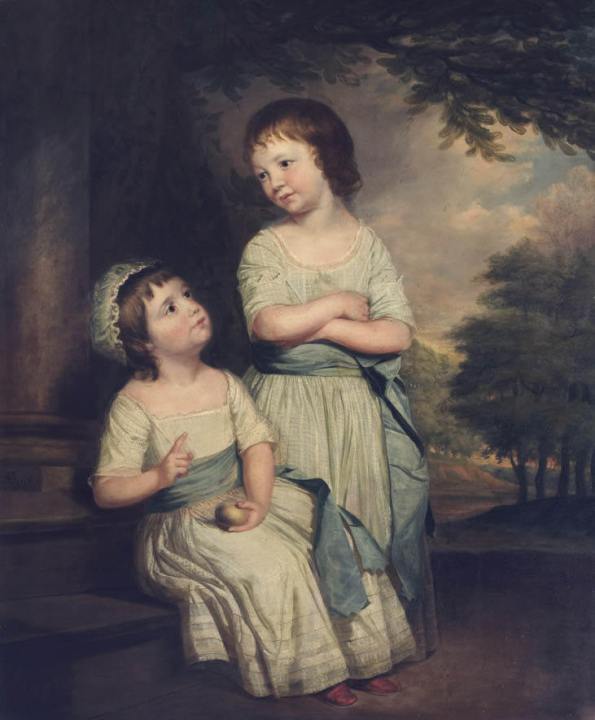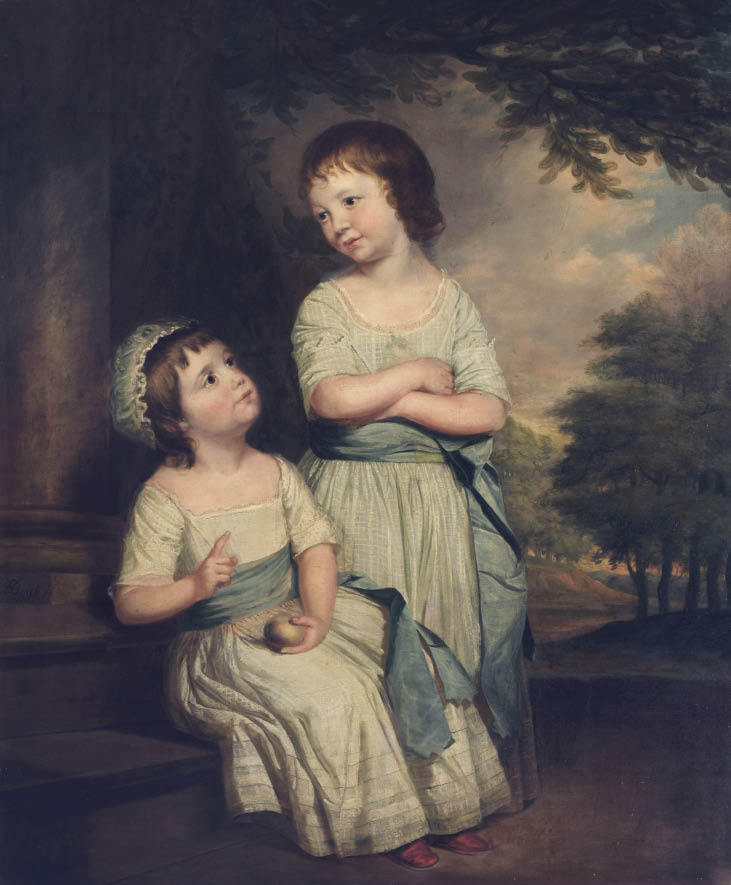Since pluralism in the arts became the order of the day, categories have been bursting at the seams, and the old definitions have lost validity. No longer does visual art denote painting, sculpture, printmaking and drawing, but all manner of extraneous and tangentially linked activities as well. Film, installation and performance are crammed in under the same umbrella as Michelangelo, Dürer and Monet, when it’s painfully clear they have almost nothing in common with such illustrious forerunners.
In fact, it’s extremely doubtful whether much of the stuff that currently parades under the banner of art has any justification for being there. Quite obviously, all film and photographic work should be removed to galleries of film and photography, performance should go back to theatre whence it came, and installation could profitably be confined to empty office buildings, where much of it would blend in nicely. Our great national art museums and galleries should be kept for their original purpose — the preservation and display of art.
These thoughts were uppermost in my mind as I perused the current exhibition (supported by the Andy Warhol Foundation for the Visual Arts) by the American Susan Hiller (born 1940), who trained as an anthropologist before settling in London in the early-1970s. Hiller is an acute, or perhaps indulgently idiosyncratic, social and cultural observer who collects information and presents it to us under the guise of art. She makes exhibits of chopped-up paintings, photos, postcards, automatic writing and fragmented filmic narratives. She’s keen on soundscapes and garbled language. A unifying idea behind these installations seems to be the difficulty (or ease) of communication; this, interestingly enough, is conveyed with abundant clarity.
Hiller is interested in dreams, memories and supernatural phenomena, so it’s no surprise to learn that she has worked closely with the collections at the Freud Museum. There her work could be seen in a suitable context, as indeed much of it would fit, more or less happily, in the Science or Natural History Museums. But I am not convinced it is appropriate for the Tate. I was quite looking forward to seeing this show, partly because Hiller’s accumulations of objects can be interesting, and partly because I remembered with some affection her early video piece ‘Belshazzar’s Feast/The Writing on the Wall’ (1983–4). Sadly, this does not stand the test of time, however elaborate the viewing lounge in which it is presented. The flames for this tale told by the fireside have all the conviction of a lava lamp, and the crackle of burning sounds like someone having a shower.
Even ‘Witness’ (2000), a potentially beautiful and intriguing installation of 400 dangling speakers murmuring multiple reports of UFO sightings, makes the wrong impression here, and has none of the eerie magic it had when first I encountered it in The Chapel in Golborne Road, W10. In the Tate it descends into banal cacophony. Context, with Hiller’s work, is quite clearly of fundamental importance.
So much of this exhibition comes across as sanitised, portentous and oddly dreary. However, it is quite literary in conception — which encourages commentators to write reams of pretentious verbiage about it — and this tends to reassure the word-loving English. Text is everywhere, in fact, and art scarcely gets a look-in. This is the stuff of school projects blown out of all proportion. The exhibition does no service to Susan Hiller: clearly it should not be on show in the Tate. It would have been more at home in the old Museum of Mankind, so tragically done away with. Perhaps the RA, which seems unable to find a proper use for the Museum’s vacated premises in Burlington Gardens, should start a permanent centre for Hiller’s brand of anthropological and film studies. Just so long as they don’t call it art.
Meanwhile, far from metropolitan cares, a provincial museum puts painting optimistically to the fore. When George III began to visit Weymouth for his health in 1789, the court was forced to relocate from London to the Dorset coast. Sea-bathing, sea air and drinking seawater were considered highly beneficial, and seaside resorts were all the rage. King George was attempting to recuperate from porphyria, and the royal family visited the town a dozen times in all before 1805.
Rather the reverse of what might be expected, Dorset was not some rustic backwater; especially when it could boast towns such as Blandford Forum, with its strong contingent of natural philosophers and antiquarians forming a centre of enlightened thinking, and Poole, whose wealthy merchants dominated the fishing trade with Newfoundland. And where there was money and enlightened thinking, art was sure to follow.
To celebrate the richness and diversity of Dorset in the Georgian Age, the County Museum has mounted a remarkable exhibition of some 70 portraits, more than half of which come from private collections. Many of these have never before been shown in public, so this is an unrivalled opportunity to assess the physiognomic type and sophistication of a particular locality aside from London during a specific period. I haven’t seen the exhibition yet but the merest glance at the highly informative and fully illustrated catalogue (paperback, £15) makes it look fascinating.
Among the artists are some nationally acclaimed names, such as Kneller, Hogarth, Reynolds and Gainsborough, but there’s also a focus on Thomas Beach (1738–1806), who was born in Milton Abbas, Dorset, and worked mostly in the West Country.
Beach is represented here by a dozen or so paintings, and evidently deserves to be more widely known. He trained with Reynolds, but he has his own manner, as can be seen from his intriguing portraits of John Trenchard and Rebecca Steward, and from his own late self-portrait. The last, painted only a few years before his death, evinces a moving honesty in the deep-set eyes and florid countenance. Among the other paintings are a rather flash Batoni portrait of Henry Bankes, a contrastingly sensitive Allan Ramsay half-length of Mary Bold in a lace collar, and Hogarth’s crusty depiction of Dorset boatman ‘Thomas Coombes, aged 108’.
The idea for the exhibition was sparked by the museum’s recent acquisition of George Romney’s portrait of the Reverend Thomas Rackett as a young boy, which joined the Romney portraits of his parents, Thomas and Mary, already in the collection. Research into the Revd Rackett, Fellow of the Linnean Society, the Society of Antiquities and the Royal Society, stimulated freelance curator Gwen Yarker to seek out the wider context of Dorset dignitaries and thinkers, and this splendid exhibition has resulted.







Comments